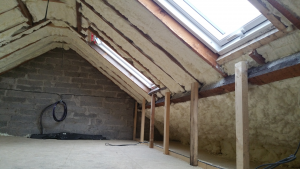Attic Spray Foam Insulation Hollywood
3 Bed Semi Attic Insulation Hollywood
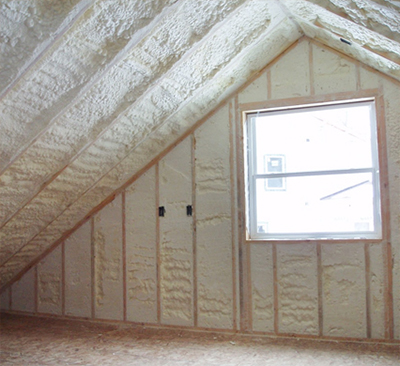
Attic Insulation Hollywood
Spray foam can be useful in many conditions. Spray foam is useful in roofs, windows, attics, underfloor heating systems, interior and exterior walls, as well as roofs.
Spray foam insulation can not only keep your house warm in winter, but it will also keep you cool in summer. Because of its “Cell” structure and composition, it allows moisture-laden air to escape. This helps the house breathe.
Benefits of Spray Foam Insulation for your home
Other applications include commercial and industrial buildings, agricultural farm houses, warehouses, commercial and industrial buildings as well as shipping containers, vessels and the refrigeration industry.
It also creates a shield around your house that keeps out the rain and cold wind. Other insulating products available today are far less effective in this regard. They allow heat to escape your home.
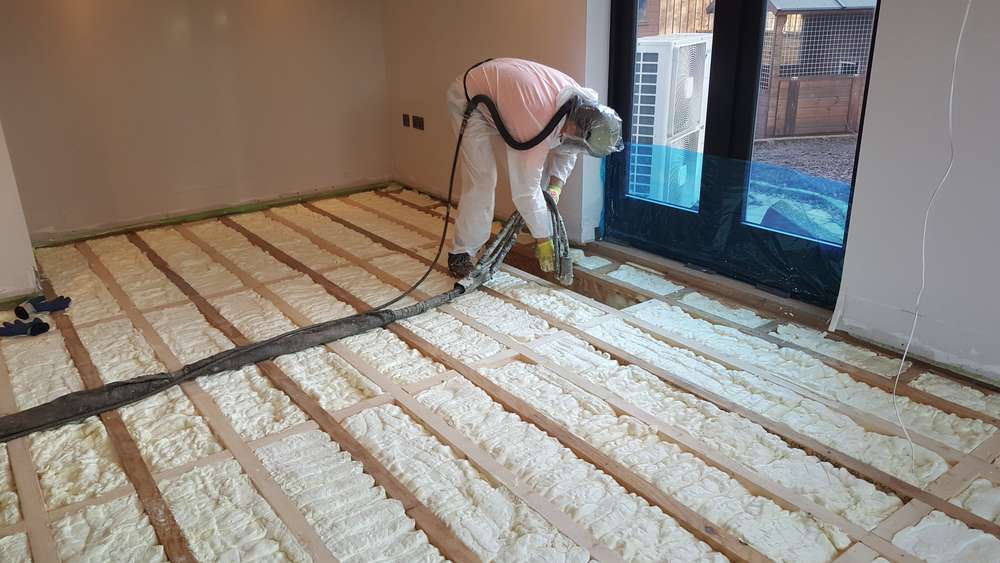
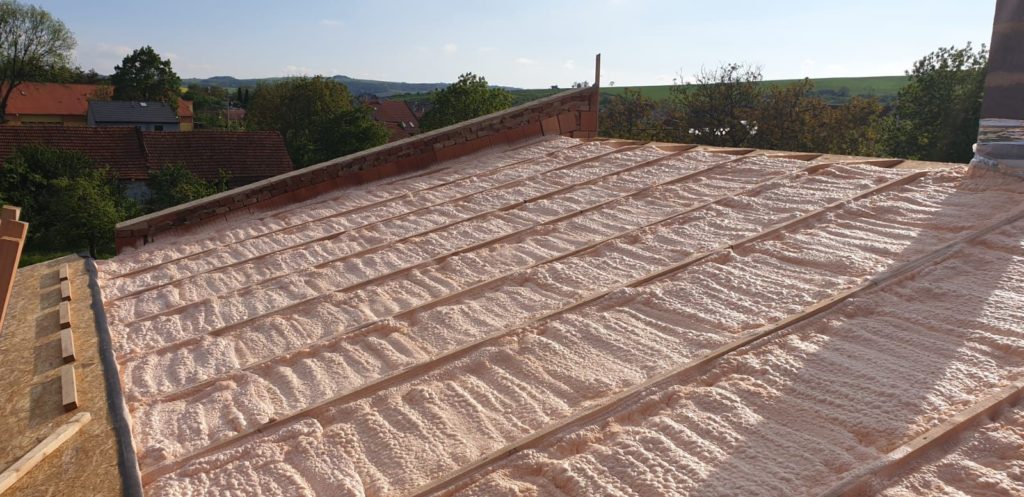
Cost Price Of Spray Foam Insulation
Spray foam insulation is without doubt the most efficient insulating material today. Spray foam insulation has a higher U.Value than conventional insulating materials, such as fiberglass, rock wool, cellulose, and polystyrene board.
Spray foam insulation can also be used as a sound barrier. This reduces outside noise in the home. It is a great advantage if a company or home is in a densely populated area or close to an airport.
Insulate Your Hollywood Property Properly
It is used to eliminate sound traveling from one room into another, or across floors in the interior walls. It is particularly useful in bathrooms, where the noises of flushing toilets and showers can be annoying.
It’s simple to use, and it doesn’t disrupt your everyday activities.
An Irish traditional home can be insulation in one day.
It reduces the noise of in-wall and under-floor pipes by encasing them and isolating them.
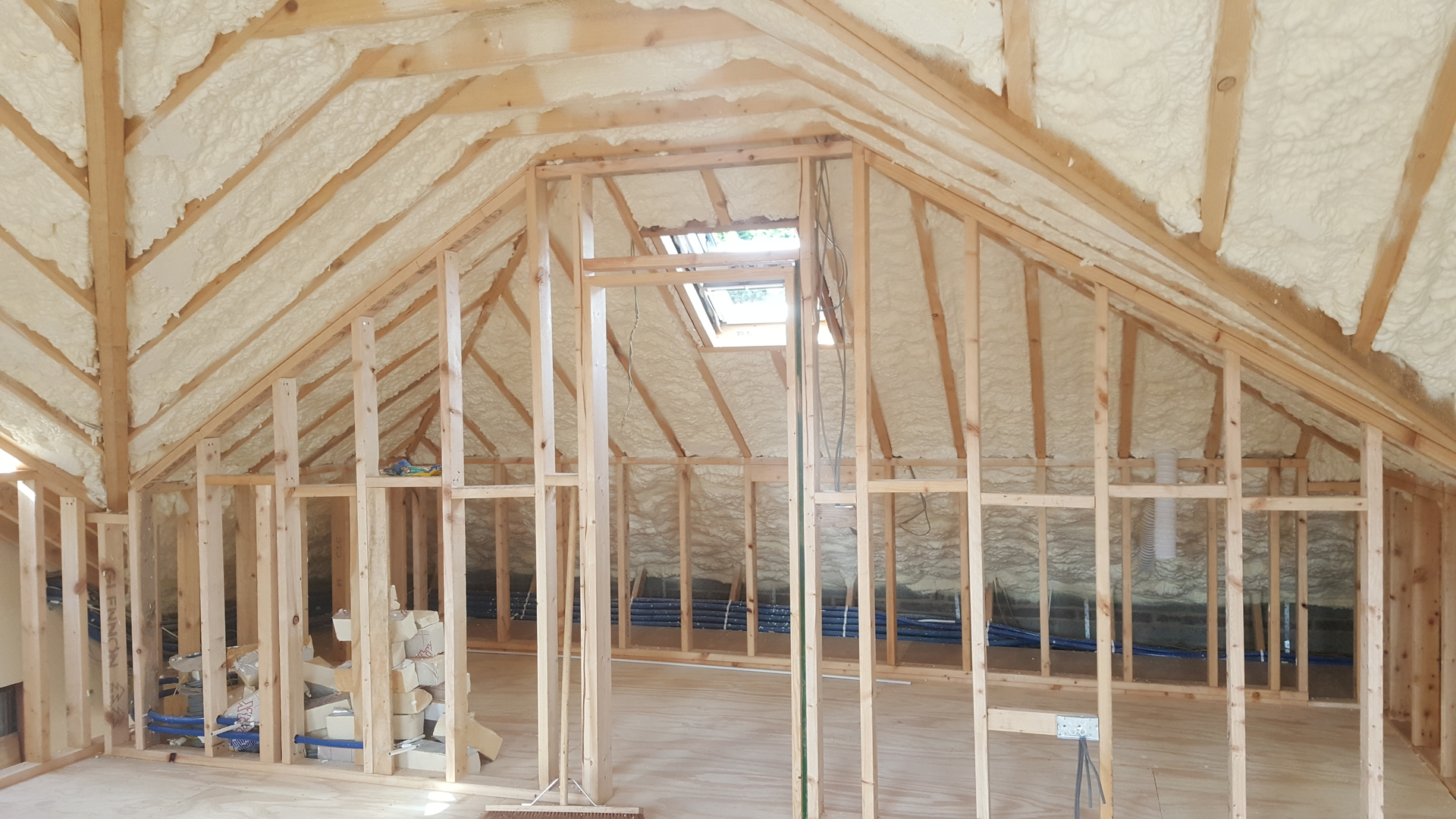
If you plan on using the loft/attic as storage space, you should lay boards above the joists. Insulation will not be thick enough if you insulate only between the joists.
It dramatically reduces sound transference when used within walls and attics, roofs, floors and roofs. This is in contrast to fibreglass and rock wool as well as polystyrene and polystyreneboards. Its dense composition, and its application process results in an envelope that is completely airtight. It blocks sound from outside, including traffic, pedestrianised streets, and areas near airports.
It also blocks sounds from a structure’s walls from reaching other floors, including the floors below. Spray foam insulation could reduce the amount of noises generated by structures such as running showers or washing machines.
Spray foam insulation that is both flexible, and filled with millions and millions of air bubbles will absorb the vibrations of the floor. The floor’s wooden members and floor will also be affected. Spray foam insulation reduces the transmission and propagation of airborne noises by sealing every crack and crevice.
Spray foam insulation reduces, if any, the sound of water passing through pipes. It completely surrounds the pipes, keeping them in place and preventing them from rattling. It eliminates the sound that is made when hot water flows through pipes from heating system. This causes wooded joints to expand, creak, and groan.
It also stops heat from escaping to the upper levels, which makes the lower floors cooler and requires more heat to keep them warm.
If the loft has no condensation or damp problems and is easily accessible, insulation will be very easy.
In an uninsulated house, 25% of heat escapes through the roof. Insulating your loft or attic is a great way to cut heat loss and save money on heating.
If it’s easy to access your loft and your joists are straight, you can use rolls mineral wool insulation. The insulation begins by placing the first layer between the joists. These are the horizontal beams that form the loft’s floor. A second layer is then laid at right angles to cover and seal the joists.
You can raise your floor to provide enough insulation. Timber battens can be fitted across the joists. Alternatively, you can purchase purpose-built plastic legs to fit onto the joists and support your new floor. You should leave enough air space between insulation layers and boards to prevent condensation.
It is important to not squash the mineral fiber when you put the boards on top. This can reduce its insulation.
Insulation stops heat loss from living spaces. By making your loft space cool, you can prevent damp or condensation from developing. Consider increasing ventilation if you’re installing loft insulation by yourself.
The insulation can be fitted between and over the roofing rafters, which are the flat timbers that support the roof. You can either use rigid insulation boards which are cut precisely to fit your loft, or spray foam insulation between the roof rafters.
Some companies may offer to repair your roof with foam insulation. We don’t recommend this. It is important to ensure that your roof remains dry before installing insulation.
If you would like to use your loft’s roof space as a heating room, then you should take a different approach and make a separate room.
If you are planning to use your loft for living, or you already have it, you will need insulation between the heated space and unheated area.
The air needs to move freely through your house in order to keep it fresh, dry and healthy. Good installers will ensure that there is no obstruction or sealing of any inadvertent ventilation. Do not cover any grilles, vents, or airbricks if you do DIY insulation.
If the loft is not easy to access, a professional can install blown insulation. This specialist will use special equipment that can blow insulation into difficult spaces. They can use mineral wool fibres or treated cellulose or polyurethane.
Flat roof insulation is a great way to save money on heating, as well as loft insulation. The amount of flat roofing on a property will determine how much savings you get.
If the loft is accessible, has no damp problems, and is not on a flat roof you can likely insulate it yourself. For those cases when damp is a problem or a more complex insulation system, professional installation should be done.
Cold draughts could be caused by the cooler loft air. This can be prevented by installing an insulated hatch in your loft and putting strips of draught-exclusion material around the hatch edges.
Insulating your ground-floor is a great idea to keep your property warm and lower your energy bills.
Insulating a loft is an effective way to lower heating bills, be more efficient and warm your home in the winter. Even if your loft already has insulation, you need to ensure that it is effective.
Loft floor rolls: These are the most traditional option. They are rolled up along the loft’s ceiling. They are less difficult to lay than insulated boards. They are available in loose and encapsulated rolls (blanket) and can be used for both top and bottom layers. They can be boarded with stilts to make a raised platform for storage.
These items and tips are not included in the article’s list. Before you start insulation of your loft floor, make sure you have read all instructions.
There may be some insulation in your home, but it may not work well. It could be that the insulation has been compressed with storage boards or not being topped up for a while. It is possible for loft floors to be as low as 25mm (deeper) in older properties.
Good news is that you don’t need to remove existing loft floor insulation. You can simply add one or two layers of insulation to the loft floor to achieve the recommended amount. The article will provide more details about how much you should be consuming.
The spacing of your loft floor’s joists will determine the width roll you choose. This is because the insulation rolls between these joists. It is best to choose one that matches your joist spacing. This reduces the need for trimming.
The insulation must have the required thermal resistance. Another alternative is to measure the thickness of insulation if you only lay loft rolls. This section will provide you with information on how to calculate the thickness of your loft floor insulation.
Areas We Service
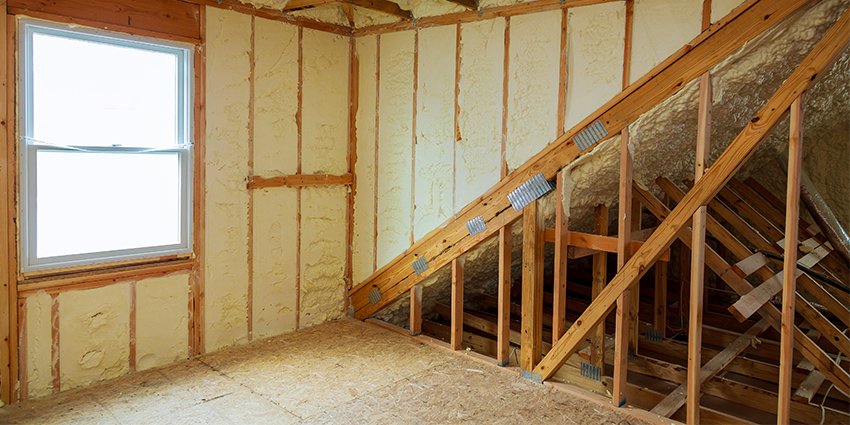

Parkhill, Dublin
01 5255297
